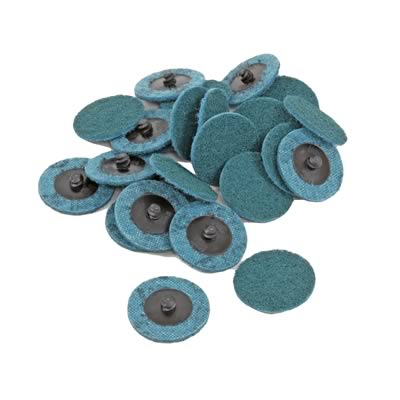I had a bunch of Home Depot 1/8 x 2" flat stock that I had left over from another project so I cut it up into 6" lengths thinking I would weld a few together and make up a practice sheet.
My goal was to follow all the rules, not skip a thing... Text book if you will. I took a lot of extra time preping it and setting up my torch and machine. IE.. Water cooled 20 torch with a #7 cup, 3/32 2% Thoriated, stickout 3/16", 140 amps on auto balance, 12 cfh of gas. TIG fingers on pinky and bird finger, 3/32 4043 filler rod... Man I was ready!
So here I go, 2% Thoriated, (red tip) spit, spatter, black soot.. I remembered from my book work that black soot was usually a contaminated tungsten. I figured, Jeez I must have dipped it. So I cut a 1/2" off and went at it again... Nope same thing.
I switched to pure with a flat tip just barely rounded which was the same way I prepped the Thoriated and this time it was better but I was using the pedal like a 60's rocker uses a wah wah pedal and the cleaning frost was really wide.
I sat back for a few minutes and thought about what was different from last night when everything worked great and I skipped about half the steps. The only thing I could think of was the aluminum. I grabbed a piece of 5086-H32 and a 5086 rod and it ran a decent bead right of the bat. I grabbed the 4043 rod and the same thing, a decent weld again.
Conclusion, IMHO, the currap they sell at Home depot is junk! However, if you can learn to weld it I think you might teach yourself some really good techniques. I went back to welding on the HD stuff and eventually, without changing the welder settings I was able to find a torch angle and stickout that worked pretty well. Not great but then I'm not a great welder anyway.
So if you've got some of this currap and having trouble with it, practice and practice and practice.. Sooner or later you'll get it and at least in my case, I learned a new level of finess if that's even close to what you can call my welding.
Hope this helps someone. Or maybe it's just my lame ass that's having problems..



